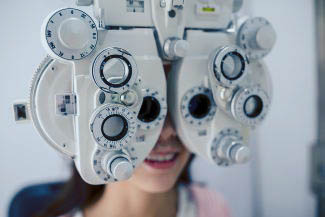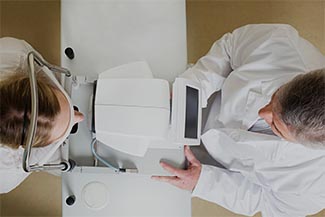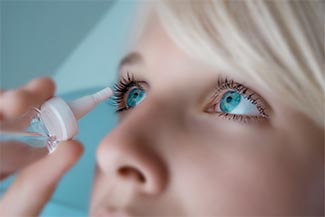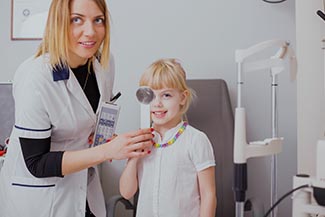EYE CARE SERVICES AT Lesslie Vision Care
Our eye care center offers a full range of eye health services to clients of all ages, from children to older adults. With a complete array of expert eye care services, Dr. Lesslie, and our team, are dedicated to helping you enjoy healthy eyes and sharp vision. Whether you need a new pair of eyeglasses or treatment for an eye disease, our optometric team provides cutting-edge eye and vision care.
Eye Exams in North Charleston & Much More
Our optometrist at Lesslie Vision Care provides eyewear prescriptions and offers corrective laser eye surgery co-management as well. You can get in touch with our eye doctor's office to set up an appointment at your convenience and learn more about some of our key services below.













